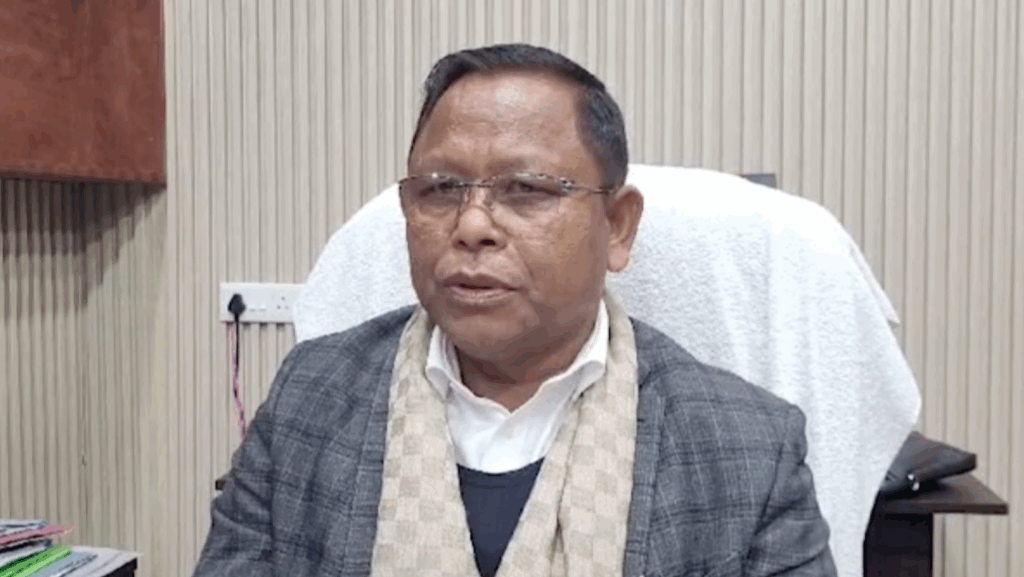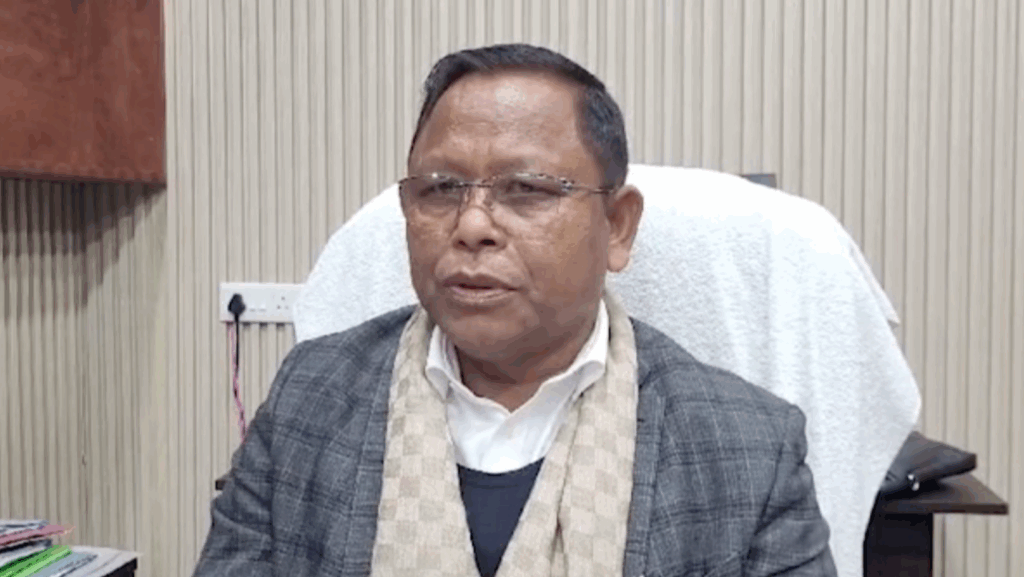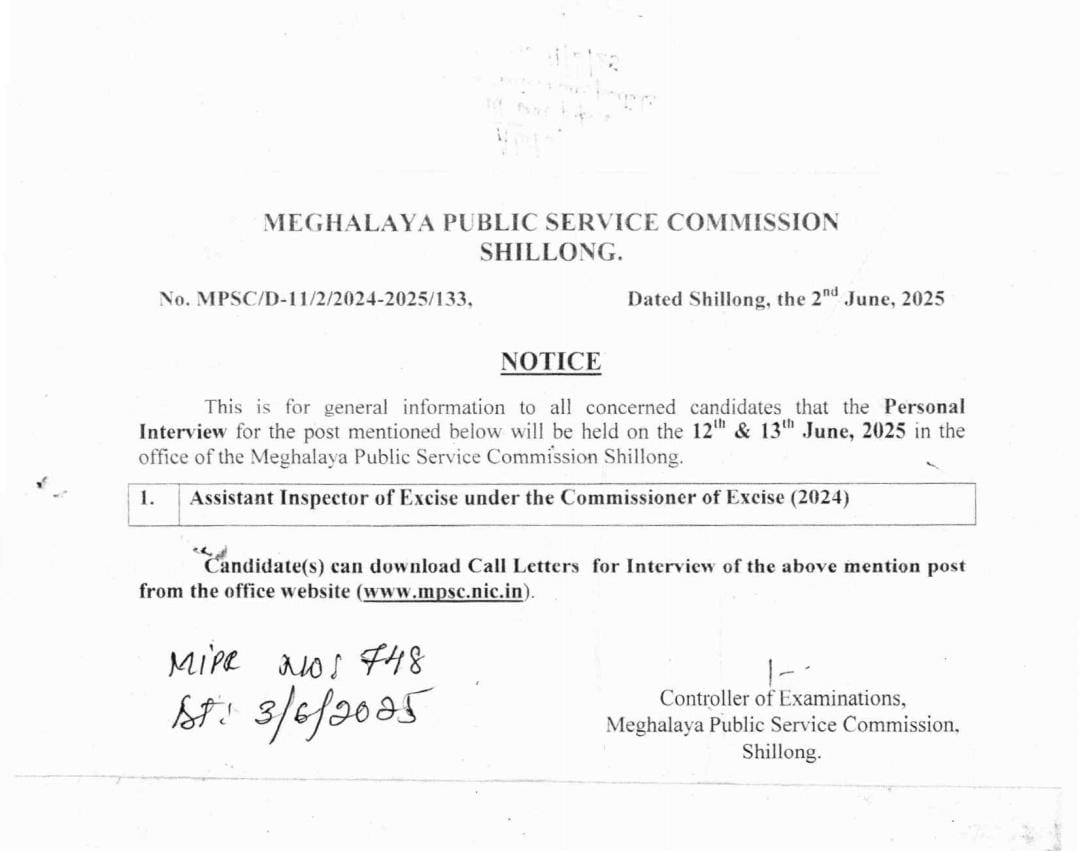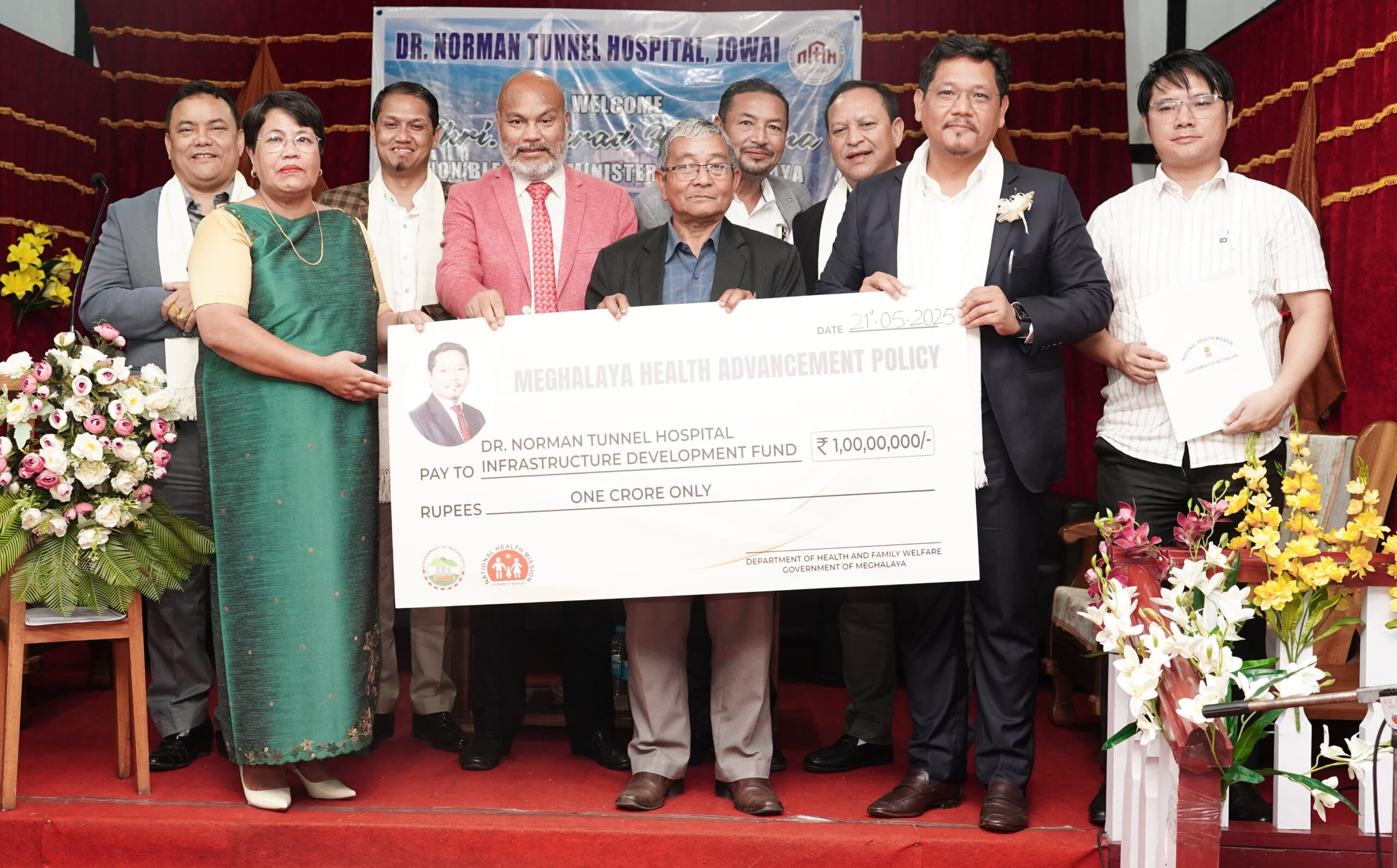

With land disputes and environmental challenges frequently derailing large-scale water supply projects in Meghalaya, Single Village Water Supply Schemes (SVWSS) are emerging as a more practical and effective alternative—especially in remote and hilly regions.
Meghalaya PHE Minister Marcuise N. Marak, after a detailed field visit across West Garo Hills district, stressed that SVWSS are showing greater promise in delivering drinking water to rural households under the Jal Jeevan Mission.
“Single village water supply schemes are the one which is better now because we are able to give water to the villagers there,” the Minister said, highlighting their growing relevance as an efficient, localized model of service delivery.
Citing his inspection of the Karonggre Water Supply Scheme—designed to serve households in Barengapara town and parts of Dalu—Marak noted that testing has already begun, with only a few Functional Household Tap Connections (FHTCs) pending before water supply can be fully operational.
“They told me they are yet to connect some more households. Once that is completed, water will be supplied to all the households. The water has already reached the treatment plant, and now it’s just about completing the FHTCs,” he said.
The Minister acknowledged that SVWSS projects, while smaller in scale, are often more resilient in the face of logistical and administrative hurdles that plague larger multi-village schemes. “There are multi-village water supply schemes also, but in a multi-village water supply scheme, we face lots of challenges,” he admitted.
For instance, the Karonggre project faced major setbacks last year due to flash floods that damaged pipelines and submerged pumping stations. “Pipelines were washed away, and the pumping stations were filled with mud. The damage was extensive, but now it’s been restored, and the system will be functional very soon,” he reported.
Beyond environmental disruptions, land acquisition continues to stall many water projects. However, in Karonggre, a proactive contractor stepped in to resolve the issue by purchasing land directly from owners—despite it being outside the project’s budget and Detailed Project Report (DPR).
“Some of the landowners were reluctant to give the land. It was the contractor who went out of the way, procured the land, and only then could the treatment plant be constructed,” Marak said.
He also called for an integrated approach to source sustainability, urging cooperation between the Agriculture, Soil and Water Conservation departments to ensure long-term viability of water sources.
During the visit, the Minister inspected FHTC works, treatment plants, and tap functionality in villages such as Tibhapara, Kujikura, Gangbanga, and Koinabhoi Adinggre.
“Real development happens when we step into our villages, engage directly with the people, and ensure that promises translate into action,” Marak remarked.
As Meghalaya navigates complex terrain—both geographic and bureaucratic—Single Village Water Supply Schemes are proving to be a grounded, reliable route to achieving water security for its rural population.



